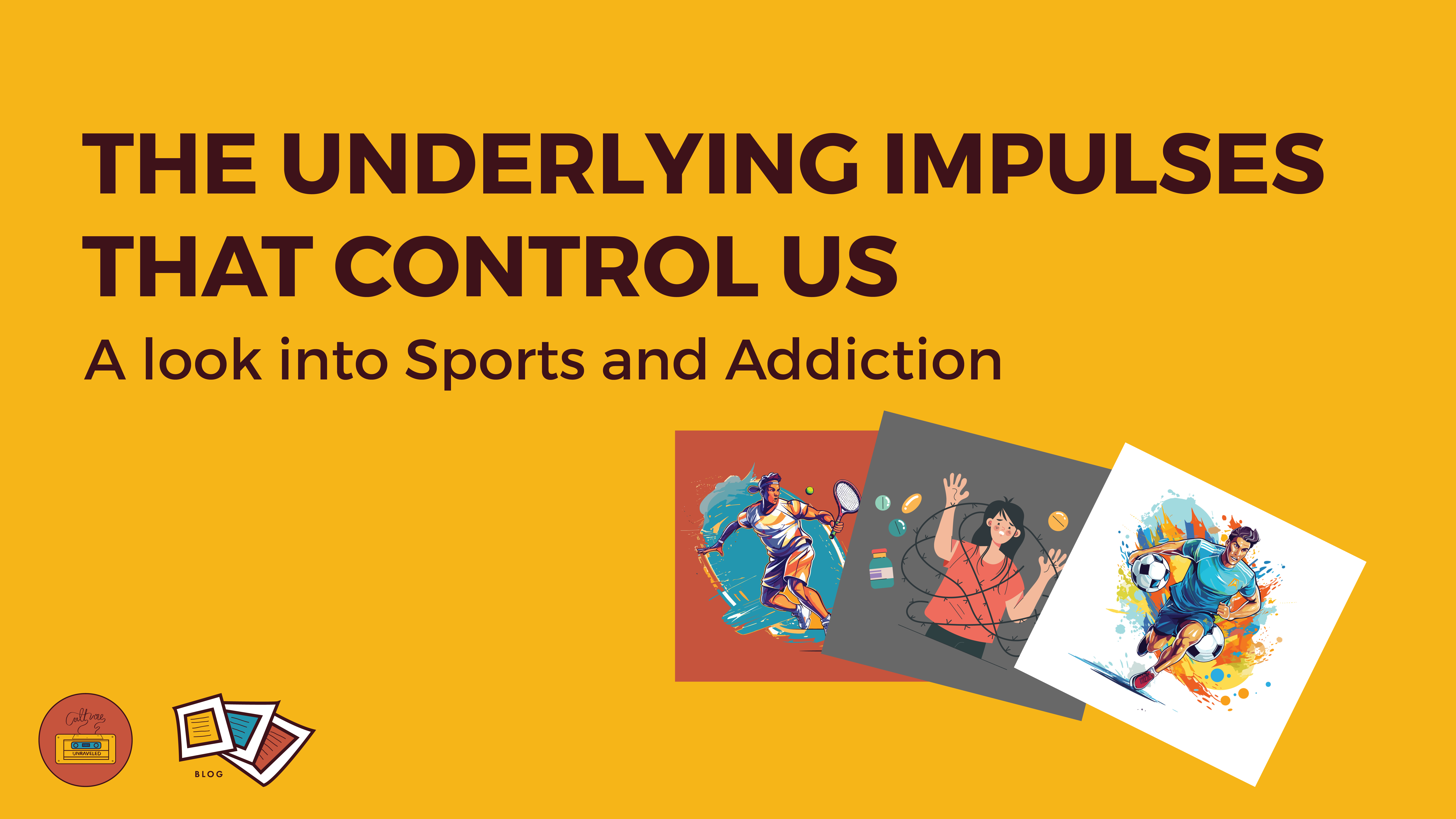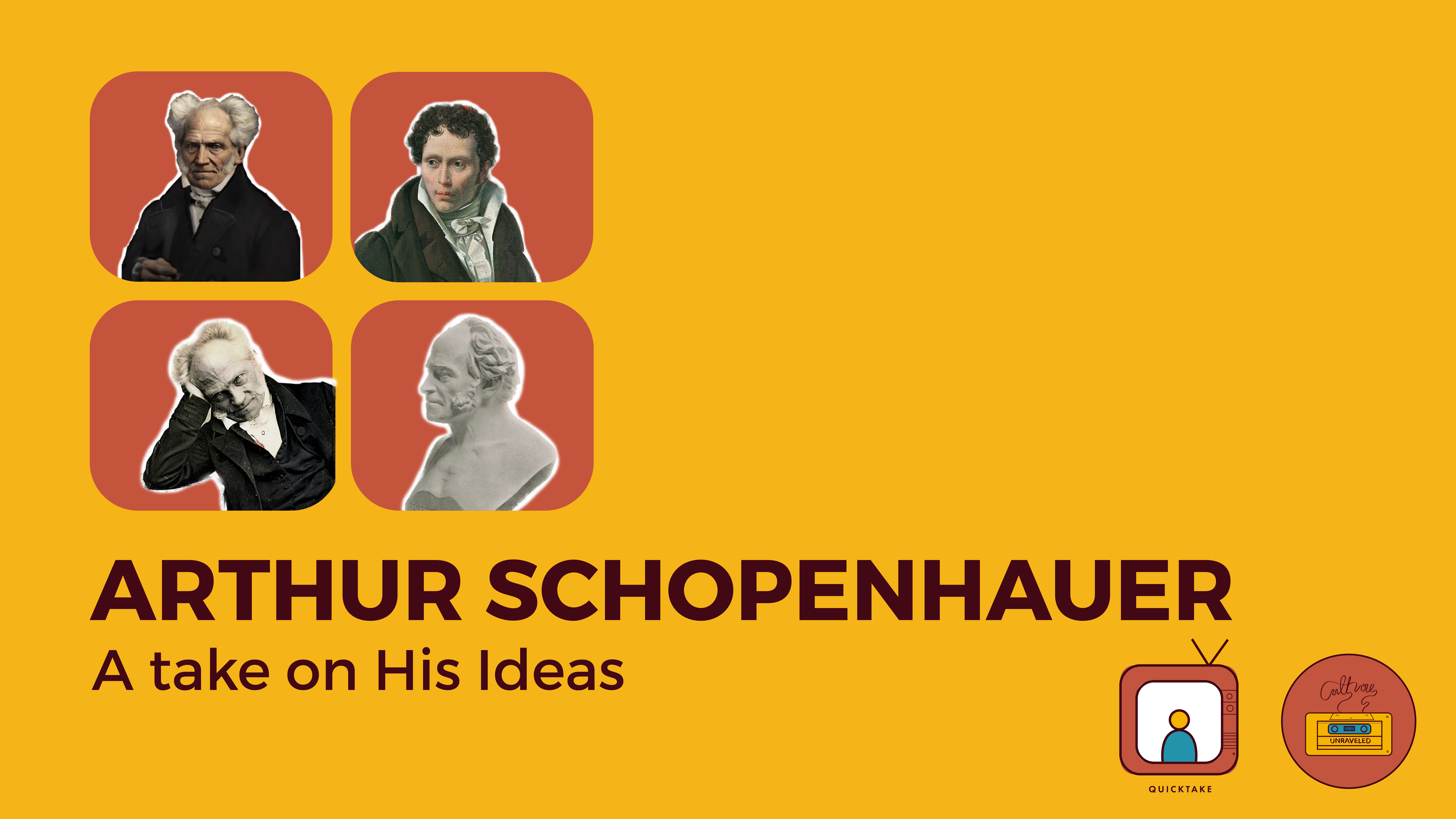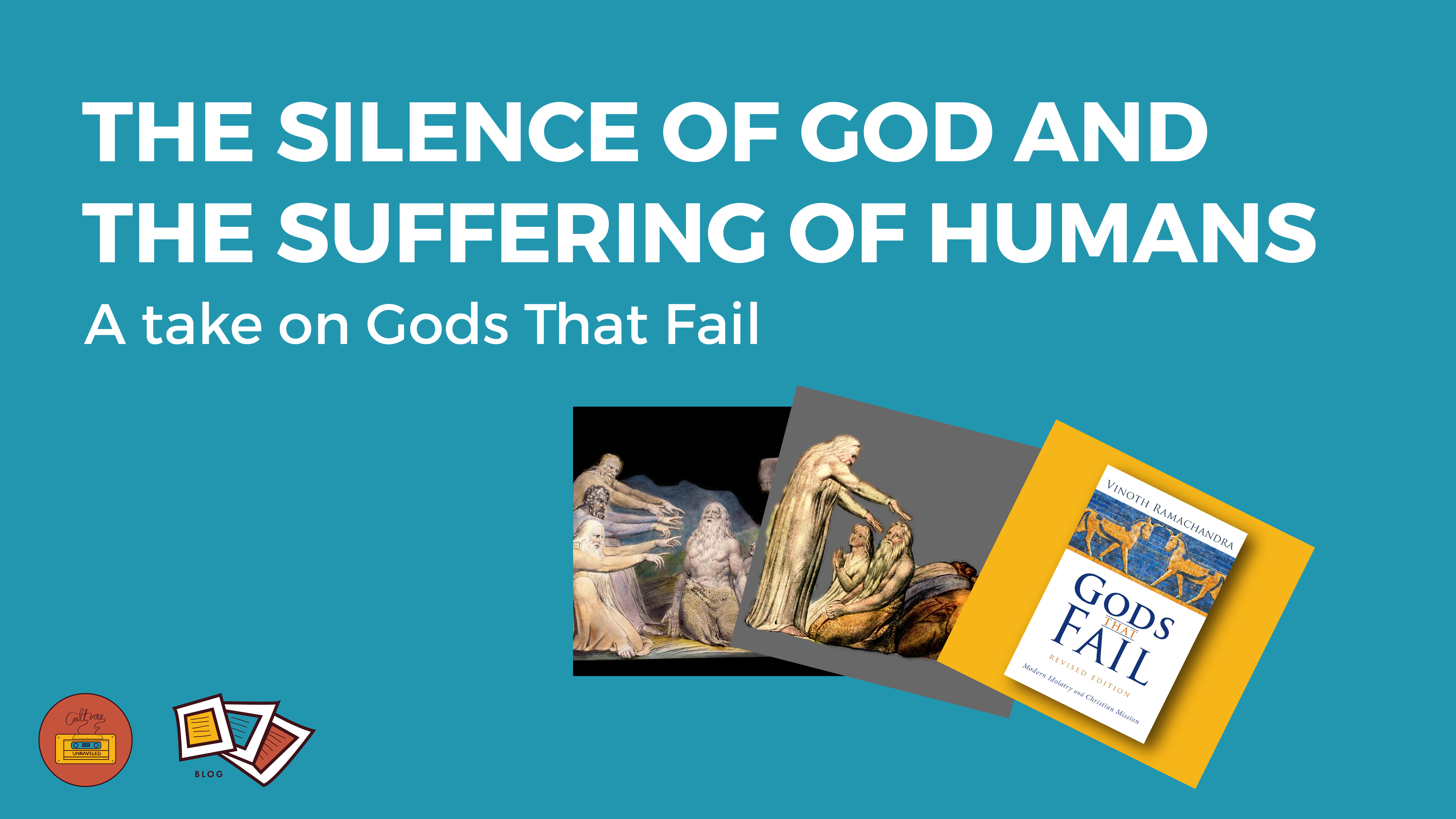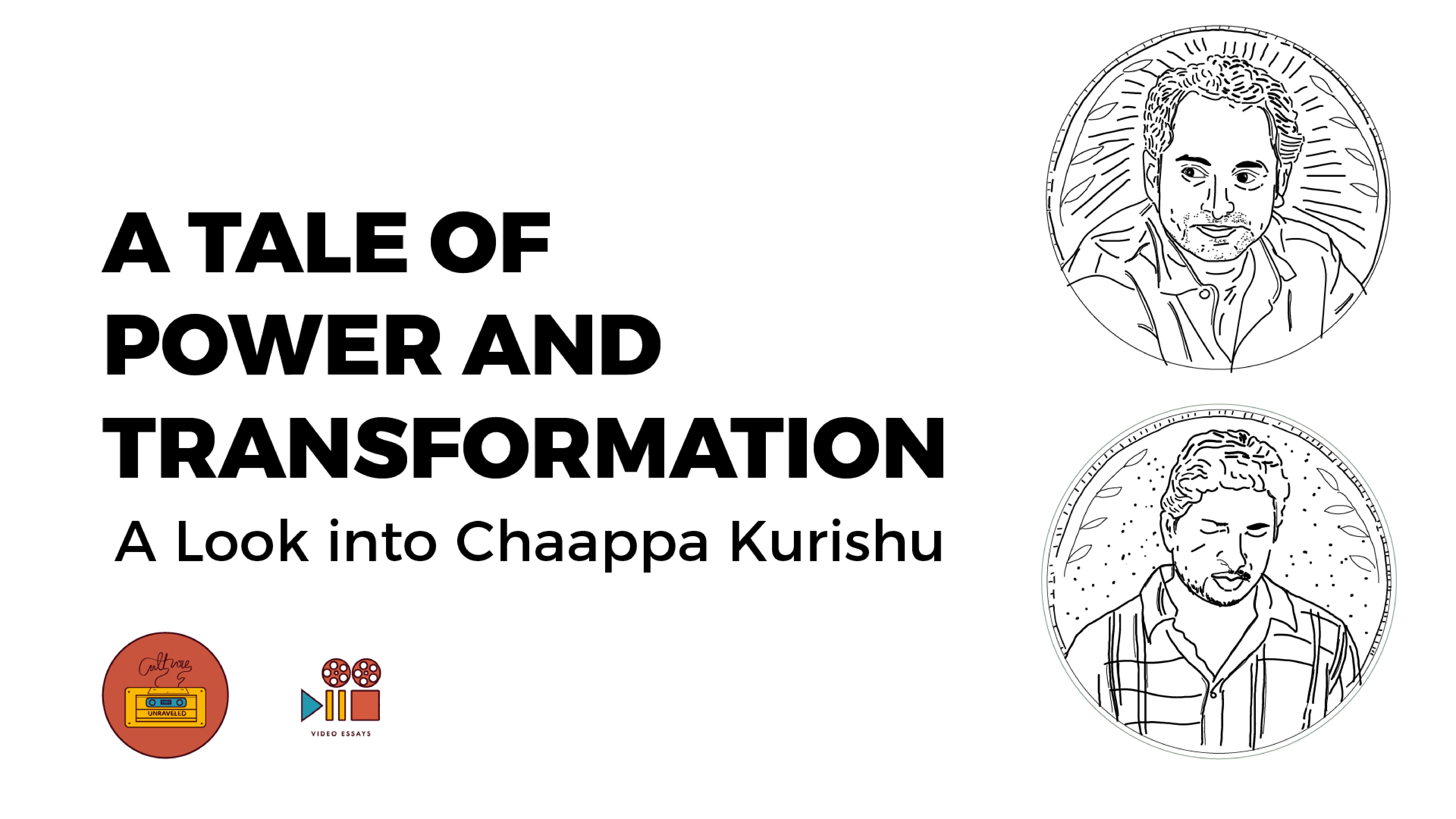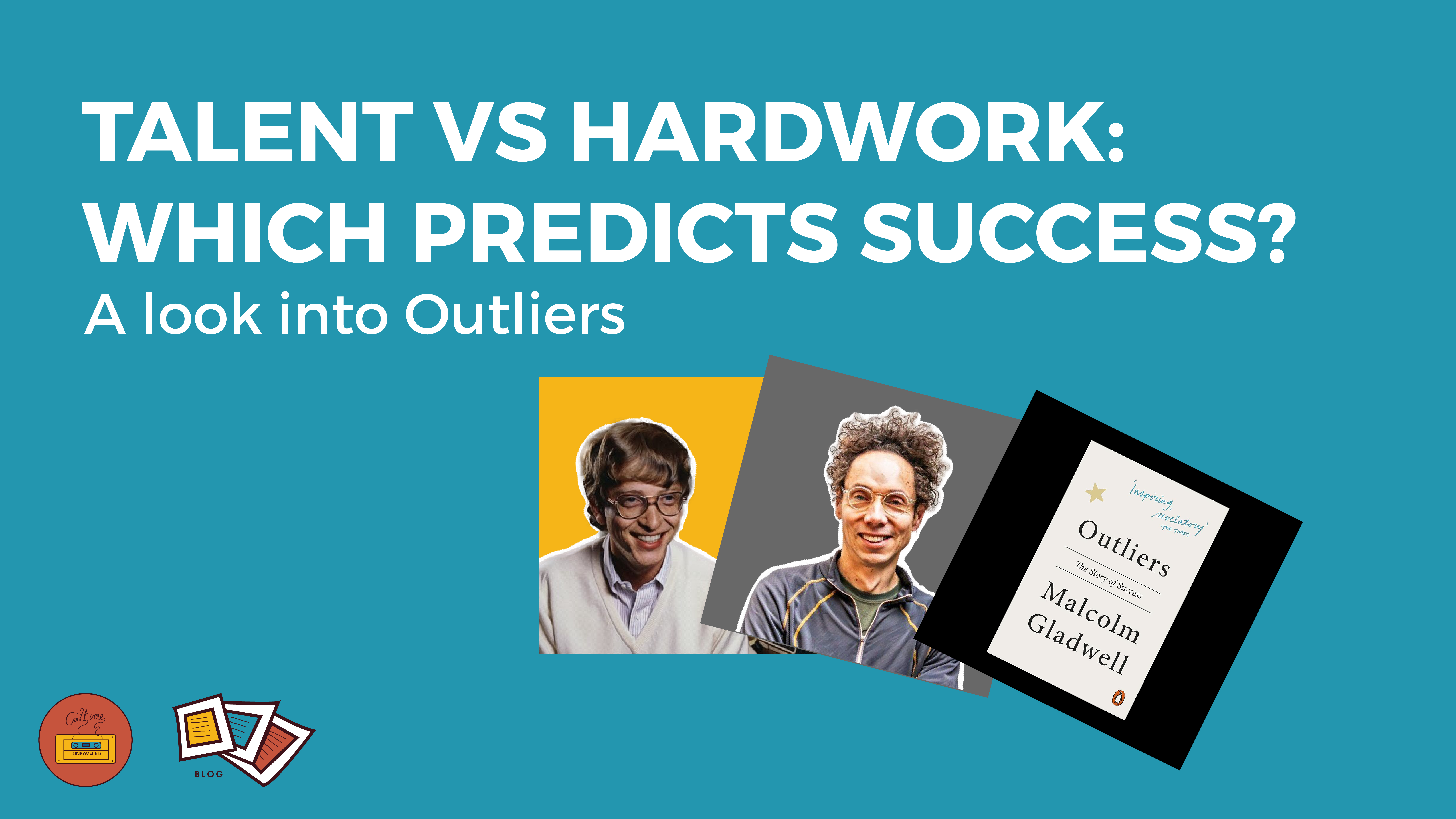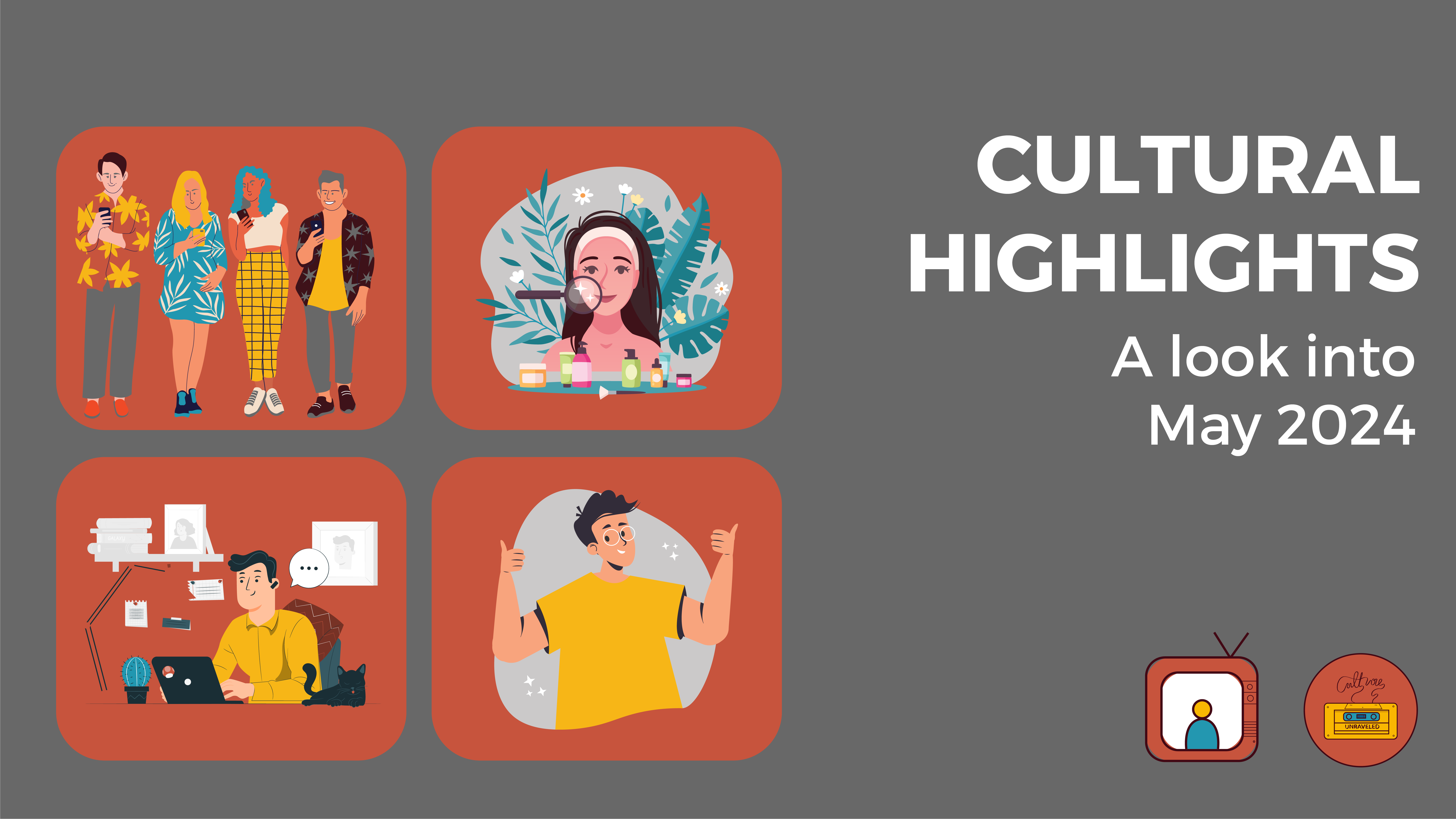
A few weeks ago, Apple released an ad for their newest iPad Pro. In the ad, we see various artistic and creative tools such as a piano, a guitar, a camera, speakers, books, paints, brushes and more all stacked together on an industrial hydraulic press. Then, we see all of these objects being crushed and smashed to pieces by the press, to reveal the iPad Pro in their place. The intended implication was that the iPad Pro could serve as a replacement for all these various tools due to its versatility, but the reception of the ad had a harsher tone.
As you may already know, the ad has sparked major controversy from all over the world for its insensitivity and disregard for the objects it destroys. Some are calling it tone deaf and out of touch, others calling it ignorant, unnecessary and wasteful.
But taking a look at what’s behind all the outrage may help us understand why we hold certain objects in such high regard in the first place and what more we can learn from this whole situation.
First, let’s look at some of the responses to the ad to understand the context of this outrage:
Tech Journalist & Author, Brian Merchant said: “At a time when artists, musicians and creatives are more worried than ever that tech companies are trying to crush them into dust for profit, along comes Apple and makes an ‘ad’ whose whole message is: yes that is exactly what we’re doing.”
The Guardian & New York Times Writer Osita Nwanevu says: “The very existence of this ad, all the hoops it had to go through in it’s creation before getting to the point where it was personally promoted by this CEO, all the people who thought ‘yes, this is good’ —- says more than thousands of words could about how tech sees the world.”
As these reactions show us, the outrage stems from a deeper cultural and emotional connection people have not with the objects themselves but what they represent.
These are not just objects; they are symbols of creativity, craftsmanship, and human expression. Especially with the advancements in tech and A.I, the ad had somewhat of a dystopian essence to it. It’s seen by some as overriding human creativity for the sake of technological progress and packaging it as innovation.
However, on the other hand, some are saying it’s simply not that deep and that people are reading too much into it. In a way, it is a very simple and clear ad: we’re taking all these great tools of creativity and giving it to you as one device, enabling you to seamlessly create with it, not preventing you from being creative. But a big part of the critique is that it’s simply unnecessary. This type of ad is perhaps 15 years too late. The idea of technology, specifically Apple, designing products that contain a suite of tools that have previously existed only in the material world is a concept that is decades old, and doesn’t seem worthy enough to make such an ad about it since it’s a concept that has already aged into ubiquity.
So what does all this tell us about the spirit of objects? Is there even such a thing? Yes, absolutely. The spirit of an object is the value it represents, the nature of its utility and the essence of the experience of using it.
Take a religious text for example, it is not merely the paper and ink on it that people consider divine or meaningful, it is the truths and values they contain and represent that are divine and meaningful.
Similarly, the ad caused such outrage because the value, nature and essence that those objects represent such as human expression, human creativity & human ingenuity were under attack. Maybe not consciously but nonetheless under attack.
But this doesn’t mean that tech is the enemy. It isn’t something that we must live in opposition to. After all, it was humans that thought of and made that ad. It was humans that made the iPad Pro. So what does that mean? Should we live in opposition to ourselves? Not exactly, but perhaps in opposition to a certain urge within ourselves to forget the value that objects have and represent. Technology and tradition do not have to be at odds with each other. Instead, technology should be viewed as means to enrich tradition and allow it to evolve with tech.
With the advancements in tech and A.I comes an urge to forget the things that they replace.
To avoid the dystopian fear that technology will overshadow and diminish human creativity, we should focus on how it can amplify and diversify our expressive capabilities. By doing so, we create a future where technology isn’t an eraser but a bridge, connecting our rich cultural past with the innovative potential of our future.
_________________________________________
Written by Ben Joshua


